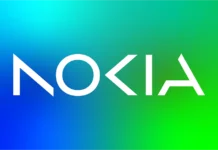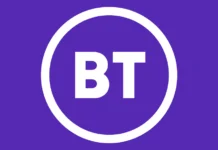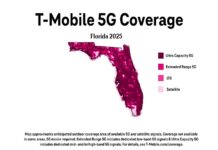Nokia, Saudi Arabia’s Communications, Space & Technology Commission (CST), neutral host expert ACES NH, and operators Mobily and Zain have implemented the world’s first pilot deployment of Standalone 5G coverage indoors via shared spectrum in the 4.0–4.1 GHz band. This pioneering deployment, based on a Neutral Host architecture, is set to provide uniform gigabit-class 5G quality indoors within offices, hotels, and public areas throughout Saudi Arabia, irrespective of mobile operator.
Indoor mobile coverage demands different equipment and spectrum for each operator, which means increased cost and power consumption. With this new solution, all operators share one cost-optimised system, with no need for duplicated hardware and 4G anchors.
Initial cost estimates by Nokia and ACES indicate that deployment expenditures can be reduced by over 60%, with a further 47% saved by eliminating 4G anchoring, enabling standalone 5G coverage in indoor sites to be commercially sustainable from day one.
Eng. Mufarreh J. AlNahari, Deputy Governor of Studies and Innovation at CST, commented, “This collaboration demonstrates how innovative regulatory practices, vendor expertise and local partners can together deliver reliable, high-quality 5G for enterprises and consumers. We look forward to scaling the model across the Kingdom.”
Mikko Lavanti, said, “Sharable indoor spectrum gives stakeholders a powerful new tool to boost indoor 5G adoption without complex auctions or spectrum refarming. Our Shikra pico radios and true 5G SA active sharing software prove that one neutral host system can serve every operator with carrier-grade performance, cutting both cost and carbon emissions per gigabyte.”
Dr. Khalid AlMashouq, CEO of ACES NH, added, “With Nokia’s ready and innovative indoor portfolio we can give building owners a single, future-proof solution while operators gain rapid, capital-light expansion. It’s a win for everyone in the 5G ecosystem.”
This pilot reflects a significant step toward meeting rising data demands—projected to nearly double by 2030—and a potential to expand 5G coverage in key public and business areas nationwide.




















